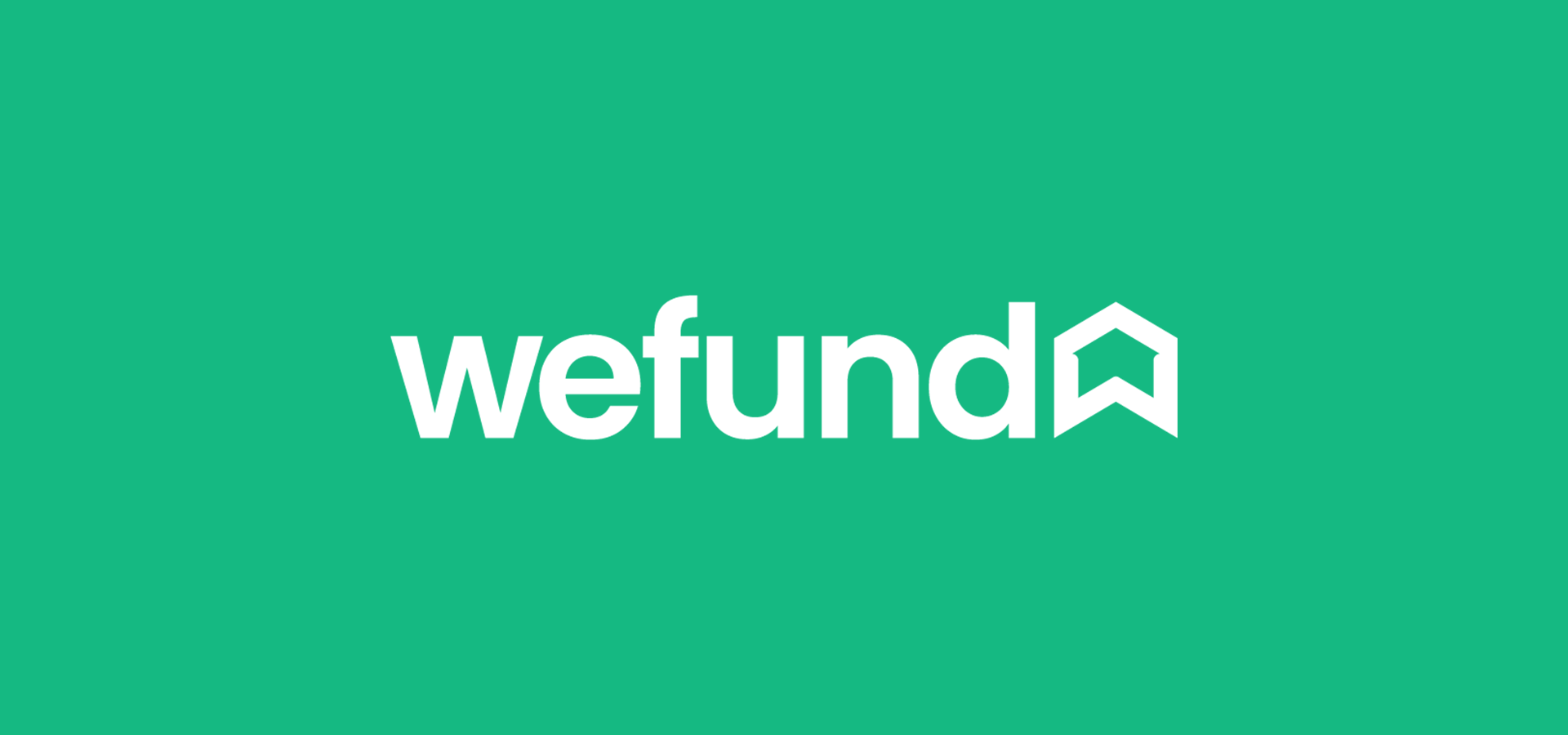
Australia – house price mania? Try New Zealand!
by Tommy Friedman | October 21, 2021
Real estate is Australia’s national sport; we even have a fiscal policy that incentivises cash flow negative property investment (negative gearing). We have our cheerleaders in the Property Council and REIV and we have our naysayers, bubble proclaimers and those who simply love to print daily headlines about our ‘absurd’ house prices. Indeed, Australia has some pricey property (especially in Sydney or Melbourne), but has the reader heard of New Zealand?
With Wefund’s new office opening in Auckland, it seems apt to look under the hood at what is happening to house prices across the Tasman.
Auckland: New Zealand’s capital and its biggest city (arguably the Sydney equivalent) as of August 2021 had a median dwelling price of NZD1,200,000, which is circa AUD1.16 million. For context – Sydney’s is $1,039,514. The median dwelling price in New Zealand is AUD822,000 versus Australia’s $666,514. Auckland doesn’t have the Bondi to Bronte, the Opera House or endless sunshine, but it is one of the world’s most liveable cities. It has the home of rugby; Eden Park and the Hauraki Gulf – which offers some of the world’s best fishing and sailing, including the America’s Cup.
.png?width=1840&name=Feature%20Image%20(1).png)
Residential property is a complex topic to assess on a macro level; differentiating what prices represent a ‘bubble’ and what represents ‘fair value’ is hard. Thankfully, there are many useful data points on which to compare affordability and prices. One is the ratio between the average dwelling price and average household income. In New Zealand the national average is 7.9, Auckland’s is 9.1. For comparison – Australia’s is just above 6 and Sydney’s hovers closer to 10, slightly higher than Auckland. Another ratio is the 2021 total value of residential real estate denominated in USD against US denominated GDP for 2020 – New Zealand has a ratio of 5.59 versus Australia’s more reasonable 4.7. Another ratio is median dwelling price to GDP per capita (USD denominated) – New Zealand’s is 14.25 versus Australia’s 9.3.
Ratios are one way to look at affordability; as is leverage and the cost of it. As of September 2021, 21% of New Zealand’s residential real estate has mortgages secured against it, leaving 79% in household equity. Australia’s residential mortgage value to the total value of Aussie real estate is closer to 25%. Also important is the cost of that leverage; looking at mortgage rates – we see that the average 2-year fixed rate in New Zealand is 3.7% and the average floating rate is 4.5%. This compares with Australia’s at 2.38% and 2.72% respectively (for new loans). At Wefund we know that this extends to commercial finance too – where rates are one to three hundred basis points higher in NZ than in Australia. What about serviceability pressure? As of September 2021, In New Zealand, of households with mortgages, circa 38% of household income goes towards mortgage repayments, in Auckland this rises to 43%. As of February 2021, these numbers stood at just under 25% for Australia and just over 31% for Sydney.
What about rental affordability? In New Zealand, rent to income ratio sits at 21%, more affordable than Australia’s 22.8%. Auckland sits at 20%, which is more affordable than its long-term average of 22%. However, this may be set to change; it appears there will be a catch up in rental prices – the last three months showing annualised growth of 3%.
New Zealand residential vacancy rates remain tight, as do Australia’s. Supply of new dwellings and listings remains muted with a mixture of FOMO, household savings and low interest rates driving dramatic price growth. For those not yet on the New Zealand property ladder – hope may be on the horizon; the Arden Government and its Reserve Bank recently introduced LVR limits for investors and other fiscal policies designed to cool the housing market, such as removing NZ’s equivalent of negative gearing. Similar measures are yet to appear in Australia.
It is an interesting exercise putting Australian dwelling prices into context against our Kiwi neighbours – a country and people very similar to our own. Some may read this data and see Australia’s dwelling prices as unsustainable and New Zealand’s as frighteningly so. Others may view the comparison as a sign that Australian residential property has some room to keep running. Only time will tell.
.png?width=519&name=wefund_logo_W_FINAL%20(2).png)
All data is sourced from Corelogic, REINZ, ABS, RBA and RBNZ and The World Bank
RECEIVE UPDATES

Have a loan scenario?
Find out how wefund can help you with fast, transparent non-bank property and development finance. Provide your scenario details below and we’ll get back to you right away.
© 2025. All rights reserved.


